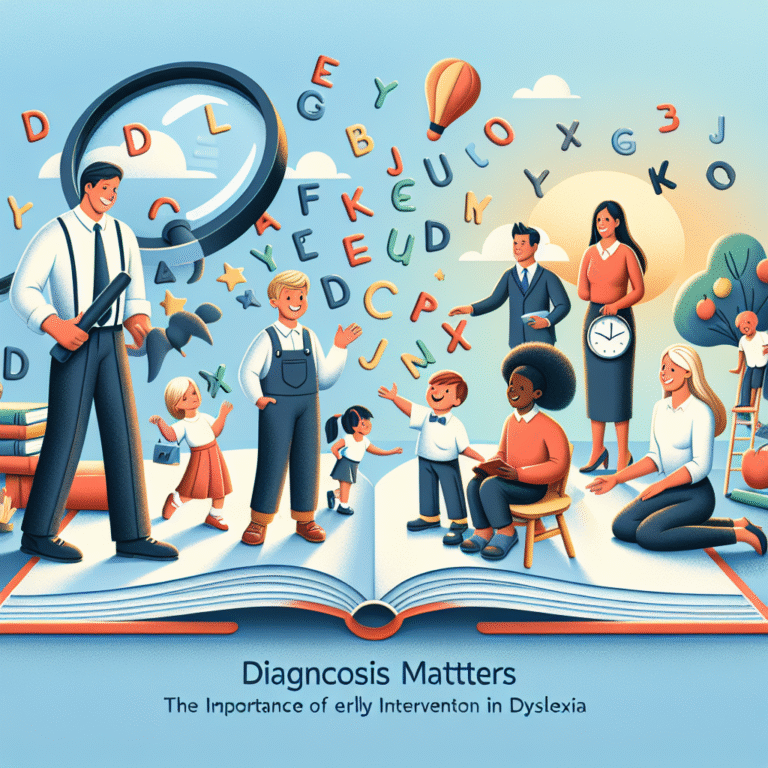
Introduction
Aggression is often viewed through a lens of fear and misunderstanding. From the outbursts of rage in everyday settings to the sensationalized portrayals in media, aggression carries a stigma that shapes our perception of behavior. However, as we embark on the journey of Rethinking Aggression: Debunking Myths and Discovering Realities, we have a unique opportunity to reshape this narrative. Understanding the complexities of aggression is not only crucial for mental health professionals but also for anyone seeking to foster healthier interactions in their personal and professional lives. Through this exploration, we will challenge existing myths, reveal the underlying realities, and offer actionable insights for improvement.
The Nature of Aggression: Myths Versus Realities
Myth 1: Aggression is Inherently Bad
One of the most pervasive myths is that aggression is entirely negative. This perspective overlooks the multifaceted nature of aggression. While destructive aggression can lead to harm, assertive aggression can be beneficial. Consider the case study of Martin Luther King Jr., who exemplified assertive aggression through peaceful protests. His approach mobilized communities and catalyzed social change without resorting to violence.
| Type of Aggression | Definition | Example |
|---|---|---|
| Destructive Aggression | Harmful and hostile behavior | Physical fights, verbal abuse |
| Assertive Aggression | Standing up for oneself without causing harm | Peaceful protests, negotiation |
Myth 2: Only Certain Individuals are Aggressive
Another widespread belief is that aggression is a trait particular to specific personality types or demographics. Research suggests otherwise: aggression can be triggered by situational factors, such as stress or social dynamics. A compelling illustration is the Stanford Prison Experiment, wherein ordinary individuals displayed aggressive behaviors due to environmental pressures. This underscores the importance of assessing context rather than labeling individuals as inherently aggressive.
Myth 3: Aggression is Entirely Uncontrollable
While it is true that aggressive impulses can be intense, suggesting that aggression is completely uncontrollable is misleading. The reality is that self-regulation plays a crucial role in managing aggressive tendencies. Cognitive-behavioral techniques, such as mindfulness and emotional regulation strategies, have proven effective in helping individuals respond to aggression more constructively. A notable case study involves a group therapy program that successfully reduced aggression in adolescents through structured interventions.
The Biological Underpinnings of Aggression: A Closer Look
Aggression has biological roots that are essential to understanding its complexities. Hormonal influences, particularly testosterone, have been correlated with aggressive behavior, but this association is not as straightforward as it seems. For instance, a study involving athletes showed that those who regularly participated in contact sports exhibited heightened testosterone levels, yet their aggression was often channeled into competitive spirit, thus raising the question of context once again.
The Role of Neurology
Recent advancements in neuroscience have illuminated how brain function influences aggression. Studies utilizing MRI technology reveal that areas of the brain associated with impulse control, such as the prefrontal cortex, play a significant role in regulating aggressive tendencies. Understanding these neurological correlates creates pathways for targeted interventions, further empowering individuals to manage aggression better.
Discovering Practical Strategies for Managing Aggression
Emotional Intelligence Training
One of the most effective ways to manage aggression is through enhancing emotional intelligence (EI). Individuals with high EI are better equipped to recognize and interpret their emotions and those of others, leading less to aggressive outbursts. Implementing EI training in schools and workplaces can foster a more constructive environment. A case study with a corporate firm that adopted EI training showed a 40% decrease in workplace aggression complaints within a year.
Conflict Resolution Techniques
In personal and professional spheres, conflict is inevitable. However, approaching conflict with effective resolution techniques can significantly minimize aggressive encounters. Programs that focus on communication skills, active listening, and negotiation can help individuals navigate conflicts without resorting to aggression. Consistent application of these techniques fosters a culture of respect and understanding.
| Conflict Resolution Technique | Description |
|---|---|
| Active Listening | Fully engaging with the speaker to understand their perspective |
| Collaborative Problem Solving | Working together to find a mutually beneficial solution |
Mindfulness and Self-Regulation
Mindfulness practices, such as meditation and deep breathing, can reduce aggressive impulses by promoting self-awareness and emotional regulation. For instance, a school that incorporated mindfulness into its daily routine reported a significant decline in student aggression, highlighting the power of these techniques in shaping behavior.
Aggression in Different Contexts: Social Media and Beyond
The Online Arena
Social media has transformed how aggression manifests in society. The anonymity provided by online platforms can lead to deindividuation, resulting in cyberbullying and other aggressive behaviors. Understanding this context allows us to reset our approach to online interactions. Companies and educators must implement digital citizenship programs that address the responsibility and consequences associated with online behavior.
Gender Differences in Aggression
Understanding how aggression is perceived and expressed differently based on gender can lead to more tailored intervention strategies. While men may express aggression through physical means, women often engage in relational aggression, such as gossiping or social exclusion. Recognizing these nuances provides a broader understanding of aggression and its implications in various environments, from schools to workplaces.
Rethinking Aggression in Policy and Practice
As we move forward with Rethinking Aggression: Debunking Myths and Discovering Realities, it is essential to consider how policy can play a role in shaping aggressive behaviors. Initiatives aiming at violence prevention in schools and communities should be evidence-based, incorporating findings from research on aggression.
Legislative Changes
Policymakers should consider implementing programs that focus on violence prevention, including parental education courses on managing children’s aggression and training for educators on handling aggressive behavior in schools. By embedding these strategies into public policy, we can create an environment that fosters emotional well-being.
Conclusion
In conclusion, embracing the journey of Rethinking Aggression: Debunking Myths and Discovering Realities is paramount for fostering a healthier society. By challenging misconceptions, recognizing biological and contextual influences, and implementing practical strategies, we can transform our understanding of aggression from a negative connotation into a constructive force. We each have the power to contribute to this transformation, inspiring others to engage with aggression more healthily and thoughtfully.
FAQs
What is the difference between assertive and aggressive behavior?
Assertive behavior involves expressing oneself openly and respectfully without harming others, while aggressive behavior seeks to dominate or control, often causing harm.Can aggression be beneficial?
Yes, assertive aggression can promote social change and serve as a mechanism for defending oneself or advocating for others.How can I manage my aggressive impulses?
Practicing emotional intelligence, mindfulness, and conflict resolution skills can help individuals regulate aggressive impulses and respond constructively.Is aggression solely a result of biological factors?
No, while biology can play a role, situational contexts, environmental factors, and learned experiences significantly influence aggressive behavior.- How does social media contribute to aggression?
Anonymity on social media can lead to deindividuation, where individuals feel less accountable for their actions, resulting in increased aggressive behaviors online.
By revisiting our assumptions about aggression and fostering open dialogues, we lay the groundwork for a more compassionate and understanding society. Let this article serve as a catalyst for change, encouraging each reader to engage thoughtfully with their emotions and interactions.













